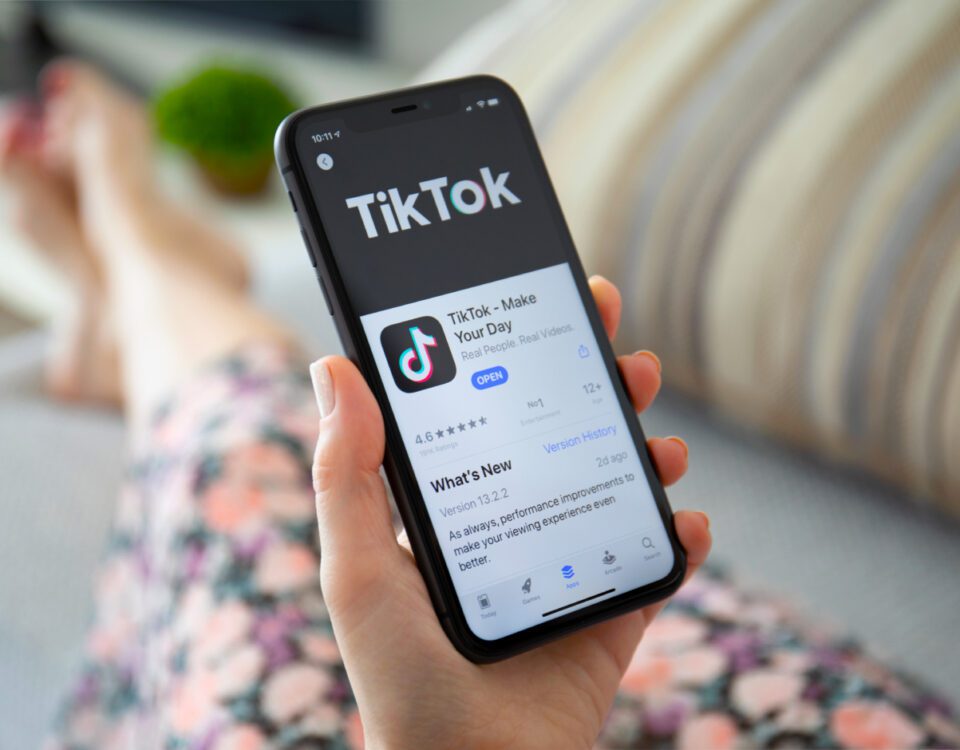Share
Customer retention, which means maintaining your existing customers and preventing them from leaving, should always be an important consideration for your business. Of course, gaining new ones should also be a key focus, but studies show it can cost 5 to 25 times more to acquire a new customer than to retain an existing one - plus 65% of a company’s business usually comes from current customers. To calculate your customer retention rate (CRR), which is expressed as a percentage, you need to identify the number of customers you have at the start of a specified period (S), the number of customers you have at the end of that period (E), and the number of new customers acquired during that period (N). Then, use the following formula:
CRR = ((E-N)/S) x 100
Similarly, it’s also vital to work on reducing your customer churn rate (also known as customer attrition rate). This is the percentage of customers who decided to stop using your product or service during a specified period of time, so it’s essentially the opposite of your CRR. It’s calculated by dividing the number of customers you lost in a specific time period (e.g. the previous quarter) by the number of customers you started that time period with, then multiplying by 100.
Let’s take a look at some of the main reasons for customer churn and how your brand can address each one in order to boost retention, with a specific focus on social media.
Common Reasons for Customer Churn
Customers may decide to stop using your business for many different reasons. Sometimes it’s simply a matter of preference - they might just feel that it isn’t a good fit for them, which is of course out of your control. However, there are also lots of practical factors that may be driving them away and these can be worked on.
• Price increase
Price increases are sometimes unavoidable, but if your product or service has become too expensive for customers to continue using it, they may seek out a cheaper alternative.
• Poor customer service
You’re responding too slowly to customer support requests, giving unhelpful answers or ignoring them altogether, causing customers to become frustrated or disappointed and switch to a more attentive brand instead.
• Poor product quality
The quality of your product or service has declined since customers first bought it or used it, so it no longer meets their expectations.
• Poor user experience
Your product or service is too difficult to use or navigate, takes too long to give customers what they want, or is facing crashes/periods of downtime, again causing frustration for your customers.
• Lack of loyalty incentives/rewards
Loyal customers want to feel appreciated for repeatedly choosing your brand, so if you aren’t offering any rewards, incentives or other loyalty acknowledgement schemes, they may see no reason to stay.
• Better offerings from competitors
Simply put, if a competitor is providing a better experience than you in any (or all!) of the areas listed above, it’s likely that customers will leave your brand and choose them instead.


Customer Churn Solutions
Respond Quickly to Enquiries
Around 40% of consumers expect a response to their social media posts within just 60 minutes and 53% of them say they will abandon a purchase if they don’t receive a speedy reply from a brand, so it’s essential to answer all of your incoming messages promptly to minimise churn. If a customer doesn’t receive the information they need to complete their transaction - or if they don’t receive it quickly enough - it’s possible that they’ll give up on their cart and find another business that provides faster responses.
Don’t Ignore or Delete Complaints
Although negative comments and complaints are disheartening to see, you should never remove or ignore them - unless they contain extreme profanity or offensive language. More than a third of customers will boycott a brand if it disregards complaints, whereas 89% of them say a brand can regain their trust if it admits to an error and is transparent about the steps it will take to fix it.
Choosing not to address social media crises may imply that your brand is afraid to take accountability and isn’t interested in growing from negative experiences. This can turn customers off and cause them to choose a more responsible company that’s 100% transparent with its audience.
Create a Community
While social media is of course great for promoting your products and encouraging sales, it’s essential not to forget the social part of it too! Your audience wants to know that you see them as more than just numbers on a spreadsheet, so show them that you care about them on an individual level by participating in general conversations and sharing fun content that displays personality.
Don’t have enough spare time to interact with your social media fans? Our Community Management team is available 365 days a year to provide speedy, personalised responses to all of your incoming comments and messages and are experts in growing brand love.
Reward Your Top Fans
Show your top fans that you value their loyalty by offering them something special like an exclusive promo or discount. On Facebook, users can become eligible for a top fan badge or top commenter badge for your page by being one of the most active fans or commenters.
• Top fans: Those who frequently like, react to and/or share your content.
• Top commenters: Those who comment often or early on your content, and/or post comments that get a lot of replies.
You could set up a Facebook Group for your top fans and customers, or use the broadcast channels feature on Instagram or WhatsApp to create a dedicated space for your most active audience members. You can also incentivise referrals by offering rewards to advocates who recommend your brand to friends and family via social media.


Catch Leavers Before They Go
It’s also crucial to pay attention to customers that were previously loyal but haven’t made a purchase in a while - or, for B2B businesses, clients that are approaching the end of their contract. This stage of the customer lifecycle is a good time to jump in with an attractive incentive, such as a discounted price or lower renewal rate, which could be just the thing they need to change their minds about leaving.
Additionally, if your brand offers any form of annual subscriptions or multi-year purchase options, you should also promote these on your social pages to remind customers of the benefits of signing up for a longer-term package, therefore increasing retention.
Competitor Analysis
Set aside some time each month or quarter to take a look at what your competitors are doing, and see how your brand’s own offerings match up. Are their products and services of a higher quality than yours? Are they engaging more often with their social media audience? Are they providing a higher standard of customer support?
While it’s important not to directly copy other brands’ products or strategies, there’s no harm in analysing what they’re doing and seeing if you can incorporate something similar. Similarly, if you discover something that you’re already offering and they aren’t, don’t be afraid to sing your own praises and let your audience know why your brand is the better choice. This will prove to customers why they should stick with your brand and will remind them of what they’ll be missing out on if they decide to switch.
Ask For Feedback
If something about your business is making customers consider leaving, you can’t do anything about it unless you know what it is! That’s why you should regularly ask them to share their opinions and give feedback about anything that’s causing them frustration or disappointment. This will allow you to start implementing the necessary steps to rectify the situation and ensure they stick around.
It’s also important to carry out frequent sentiment analysis and social listening to pick up additional insights from your audience - especially comments where your brand hasn’t been tagged, as these may slip under the radar otherwise. Knowing what people are saying about your business and discovering their pain points will give you the tools you need to make effective changes and prevent churn.
Review Management
Review Management is another good way to find out what customers don’t like about your brand and what factors might be causing them to leave. You should monitor all of your incoming reviews on social media as well as other feedback platforms such as Google, Tripadvisor or Trustpilot, making sure to acknowledge what’s been said and respond in a timely manner.
Take note of negative reviews, especially ones where the customer has suggested that they’re going to part ways with your brand, and offer a solution or apology gesture that will hopefully make them reconsider - such as a discount on their next purchase or visit. After all, 7 in 10 people agree that a brand’s response to a review can change their perception of it, which proves the power of handling negative feedback carefully instead of shying away from it.
Summary
With the right strategies and incentives in place, you’ll be well on your way to retaining customers and encouraging loyalty for your brand. If you’re not setting aside enough time and resources to reduce churn, it’s likely that your customers will decide to stop using your business and may turn to your competitors instead. While there’s certainly still some value to be gained from your one-time customers, increasing retention rates by just 5% has been proven to increase profits by as much as 95% and existing customers generally spend around 31% more than new ones, so they’re definitely worth investing in.
Need a helping hand with your social media interactions? Contact us today to learn how we can engage with your audience to boost loyalty.










